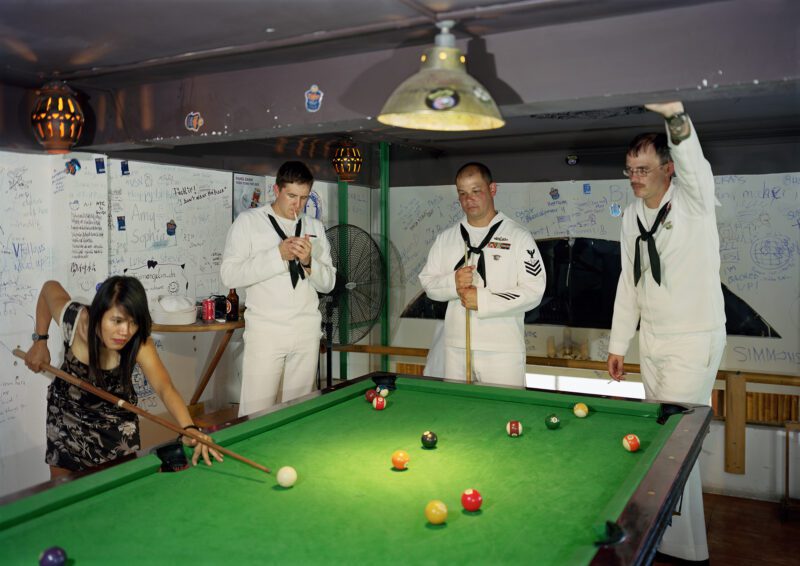
In Vietnamese, the word for country is đất nước—đất, meaning soil or land, and nưóc, meaning water. Đất nước. Land and water. These are the subjects at the center of An-My Lê’s latest exhibition at the Modern Museum of Art in New York—Giữa Hai Giòng Sông/Between Two Rivers/Entre deux rivières— the first retrospective of the photographer’s three-decade career by a major American museum. The titular rivers are the Mekong and Mississippi deltas that flow through Vietnam and the United States respectively, a nod to the two countries Lê straddles.
Lê is a landscape photographer. Born in Saigon in 1960, Lê left Vietnam for the United States in 1975 when the war ended and did not return until 1994. The homecoming resulted in a series of black and white photos titled simply, Việt Nam, which captures the young country at a critical stage of its history as it grapples with rebuilding and regaining its identity after almost a century of foreign occupation and two devastating wars. There is a quiet serenity in these shots, but lurking underneath the deceptive idyllic surface is also an unmistakable eeriness that hints at the country’s not-so-distance tumultuous past: a column of black smoke furiously rising in the background; a watchful family semi-camouflaged by the surrounding trees; twin branches spiraling menacingly in the fog-dense jungle air, threatening to pull you into its grasps. The landscape is often expansive and empty. The houses are run-down or otherwise half-finished, or perhaps half-destroyed. The high-rises have yet to arrive but already looming in the distance are billboards for Nokia, Hitachi, and Xerox, a foreshadowing of the impending economic boom in the 21st century that will render the skies in Lê’s photos unrecognizable.
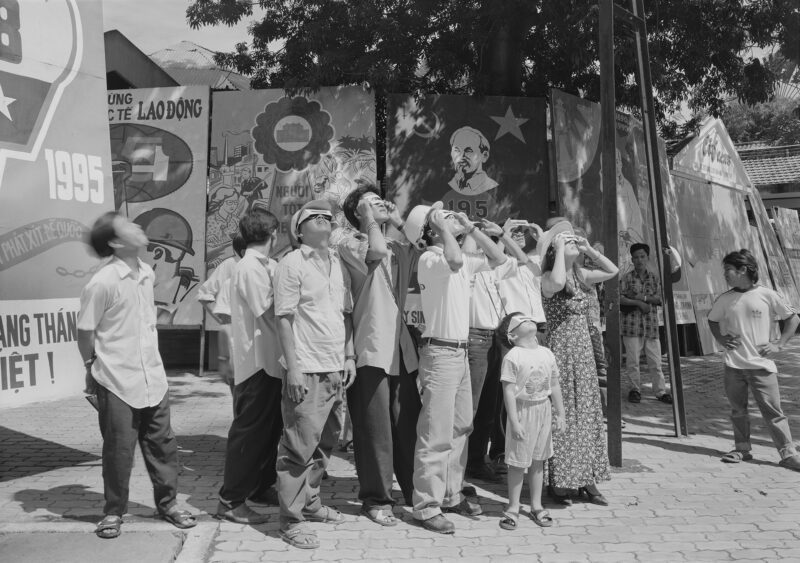
The only portrait in the series, which hangs alone and confronts the viewer at the very entrance of the exhibit, is a close-up of a young peasant girl. She is facing sideways, gazing at a target in the distance beyond the purview of the viewer. Her expression is gentle but dignified. Instead of wearing a nón lá that is quintessential to traditional Vietnamese attire, she sports a pith helmet that’s slightly too large for her. The only other accessory she adorns is a precious plastic bead necklace. Lê has referred to this photo as a self-portrait—is the subject meant to be a stand-in for the artist in a younger life or an alternate one?
The answer is likely both. Lê is not so much interested in capturing the Truth as she is in interrogating the slippery essence of memory and probing the veil between fiction and documentary. Nowhere is this more apparent than in Small Wars, a series of photographs centered on a group of Vietnam War reenactors in Virginia, which Lê gained access to by agreeing to participate in as a Viet Cong (in one photo, she is seen aiming a rifle at an actor playing an American G.I.). Even without knowing the context of these photos, it becomes quite apparent that Lê did not take these on any real battlefield. The topography is all wrong; the uniforms are too pristine; the gear is too neatly placed. The sleeping men in Lê’s photos resemble more like boys taking a siesta at camp than they do soldiers flung halfway across the world into the depths of guerilla warfare. Small Wars isn’t meant to deceive as much as it is meant to examine how the Vietnam War exists in American collective consciousness, as a game that can be replayed, a movie that can be re-enacted. For the vast majority of Americans, this is what war has always meant: something that you can choose to partake in, not something that comes to you.

Like Small Wars, 29 Palms—a series on U.S. marines preparing for combat in the Mojave Desert (the terrain mimics that of Iraq and Afghanistan, where they will be deployed) — Lê’s lens is trained not on the theatre of war but rather the theatrics of war. The stage here is bigger, the props better, and the stakes undoubtedly higher. Whereas Small Wars depicts a crude reproduction of modern warfare, 29 Palms captures its dress rehearsals. Although there is still an artificial and staged-like quality to these photos, it does not undermine the palpable strength of the U.S. military that also comes through. If Small Wars is a reflection of how Americans understand and experience war, 29 Palms is a reflection of how America understands itself in relation to war—as a global military superpower, capable of immobilizing its enemies through technical expertise and meticulous preparation.
Lê further explores the role the U.S. military sees itself playing on the world stage in Events Ashore, the culmination of the nine years she spent following the U.S. Navy on its missions abroad. Like the bulk of her body of work, the photos here are taken in large format, although, unlike her previous photos, they are taken in color, giving them a glossy sheen and immaculate sharpness. The photos span all seven continents, from Asia to Antarctica, from Senegal to Hawaii, a testament to the ubiquitous nature of America’s presence in all corners of the world. Lê is still loyally drawn to the formidable landscape, but the vastness of the Pacific Ocean and the sublime icescapes of Antarctica are interrupted by the staggering weight of the American naval force, sometimes looming in the distance, sometimes front and center. While these photos were taken “on the ground,” they are devoid of any conflict or threat of violence. Instead, they depict the mundane routines of those onboard: cleaning, taking a smoke break, waiting for a check-up with the doctor. The lack of action is intentional; Lê is purposefully subverting the expectation and ethos of war photography, which has traditionally focused on capturing combat. The result is a quietly faithful rendering of modern military activity—a lot of waiting around, that is until you’re not.
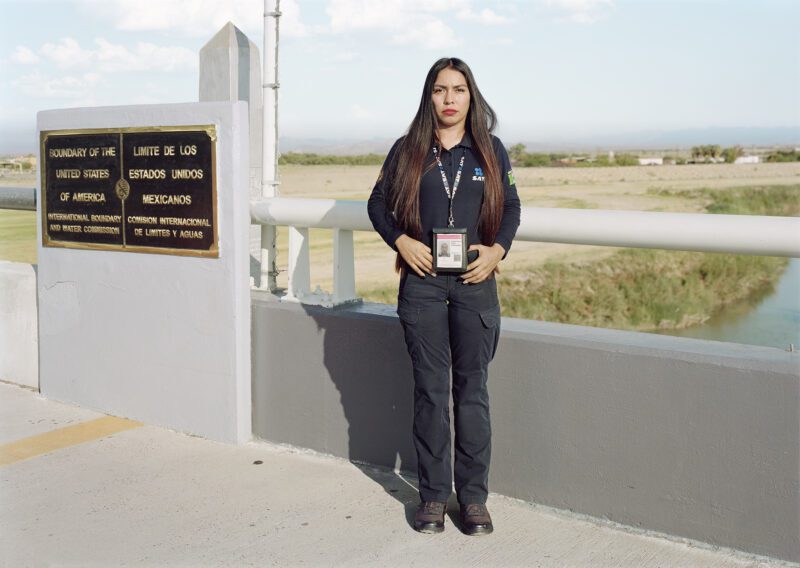
In the last few years, Lê has turned her attention inward. Her ongoing project, Silent General, which she began in 2015, a pivotal year in U.S. politics and culture, is an attempt at sketching the contours of contemporary American milieu. There is no discernable thematic throughline across the photos in this series, and one gets the sense that Lê herself is searching for meaning in what her eye instinctively is drawn to. Most of these photos were taken in the South and Southwest, places where the American landscape is at its most supreme, where questions of property, border, immigration, and race have always been discernable but also where faith, patience, and resiliency have also been most potent. Lê doesn’t know where we are heading – no one does—but if there is one thing she’s certain of it’s that history doesn’t move linearly; it moves in a spiral and, one can only hope, gradually upwards.
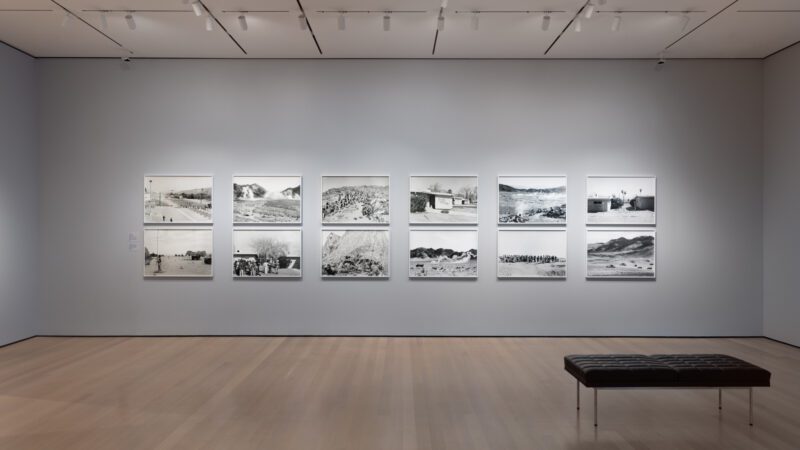
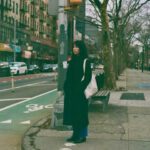 Born in Hanoi, Vietnam, Thu Nguyen currently resides in Brooklyn, New York. A lawyer by trade, she spends her free time reading (often) and writing (occasionally).
Born in Hanoi, Vietnam, Thu Nguyen currently resides in Brooklyn, New York. A lawyer by trade, she spends her free time reading (often) and writing (occasionally).
Liked what you just read? Consider donating today to support Southeast Asian diasporic arts!


